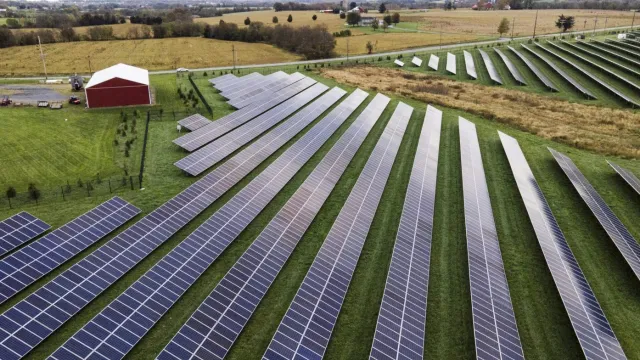
The Inflation Reduction Act (IRA) and Bipartisan Infrastructure Law could save Americans up to $38 billion on electricity costs over the remainder of the decade, the Energy Department projected in a report shared exclusively with The Hill.
The report customized the National Energy Modeling System, which the Energy Information Administration uses in its Annual Energy Outlook, to model energy costs and national emissions in a scenario where the two laws were never implemented, based on the 2022 outlook report.
The model also analyzed two other scenarios in which advanced and moderate progress was made in implementing the laws. The advanced scenario involves fewer obstacles to deployment and more use of bonus credits, whereas the moderate scenario entails more hurdles to investment and fewer electric vehicles qualifying for the laws’ tax credits.
The Energy Department analysis projected that the laws will save ratepayers between $27 billion and $38 billion between 2022 and 2030 compared to the scenario where neither law passed. During the same period, the department projected businesses’ commercial electricity spending will drop 13 percent and 15 percent, while electricity rates across sectors will drop between 8 percent and 9 percent.
Under the same model, net crude oil imports are projected to drop over the rest of the decade as well. The report projects that the IRA and infrastructure law will lead to a decline in crude oil imports of between 44 percent to 59 percent relative to a scenario without the laws over the rest of the decade. However, even without the two laws, the model projected net imports would fall 35 percent over the same period.
Also between now and 2030, the report projects the two laws will allow for the deployment of up to 250 gigawatts of new wind energy and up to 475 gigawatts of new solar. The analysis indicates that U.S. greenhouse gas emissions could decline up to 41 percent relative to 2005 levels by the end of the decade, compared to 27 percent for a scenario without the laws. The Biden administration has set a broader goal of cutting emissions by half over the rest of the decade.



